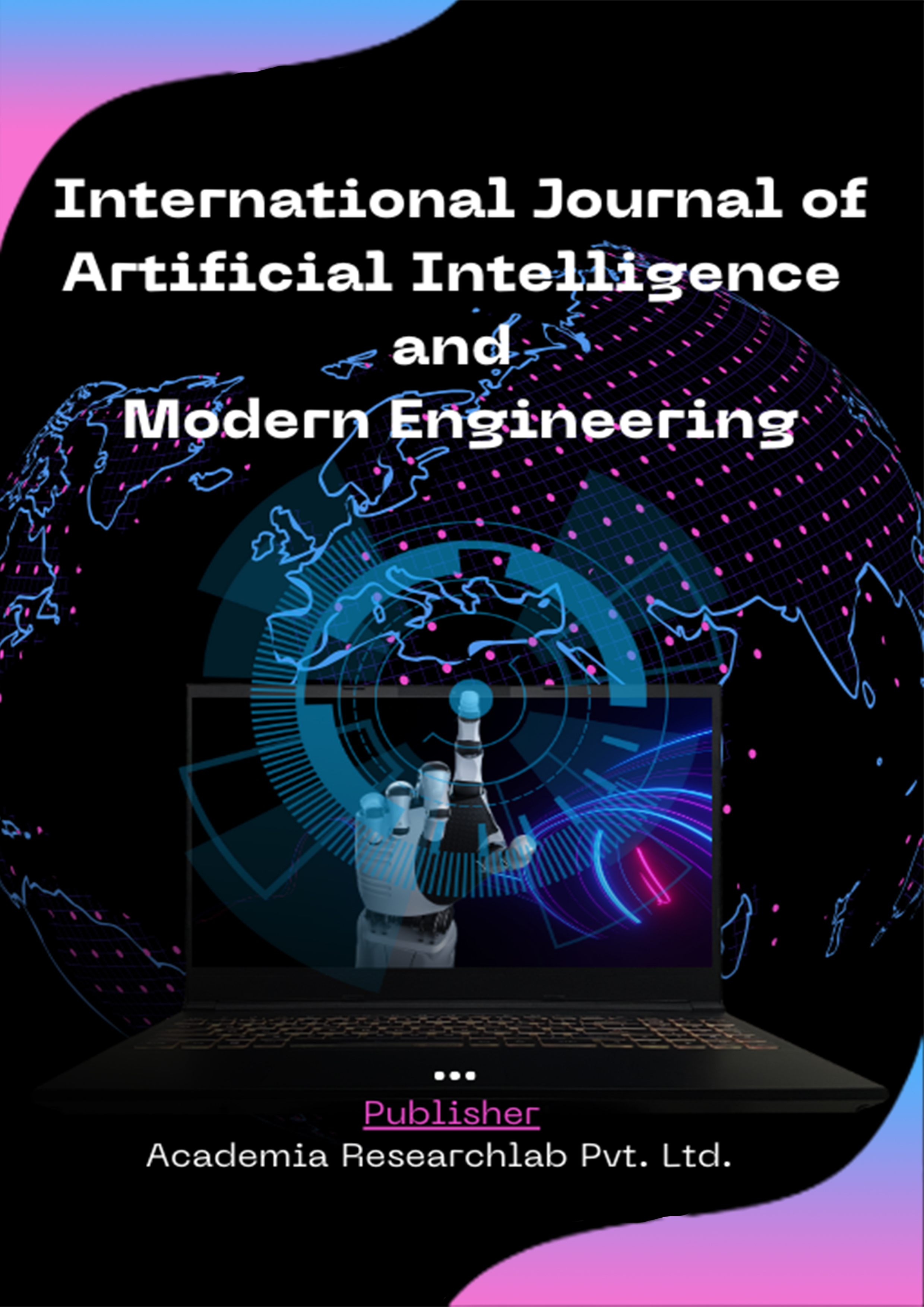CALL FOR PAPERS
Call for Papers for the Inaugural Issue.
Last Date of Submission: 30th October 2025
International Journal of Artificial Intelligence and Modern Engineering (IJAIME) is dedicated to publishing quality research work. IJAIME is a peer-reviewed open access journal published Twice a Year .
Download Sample Paper Download Copyright FormNote: The article must not exceed 15 pages.
Call for Papers for the Inaugural Issue.
Last Date of Submission: 30th October 2025

